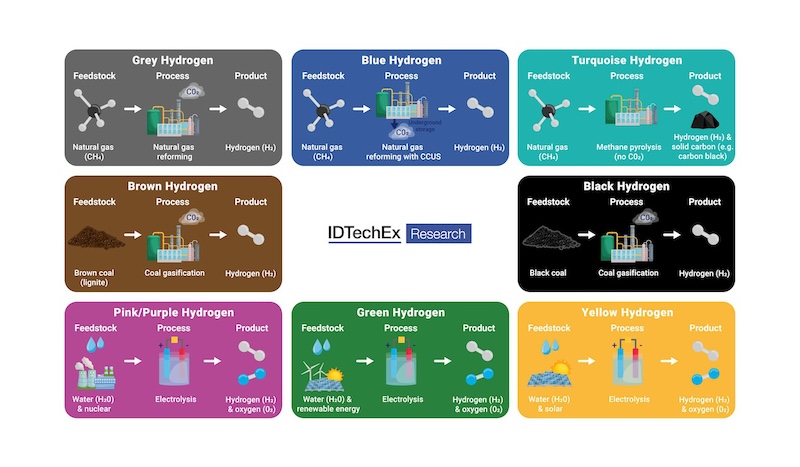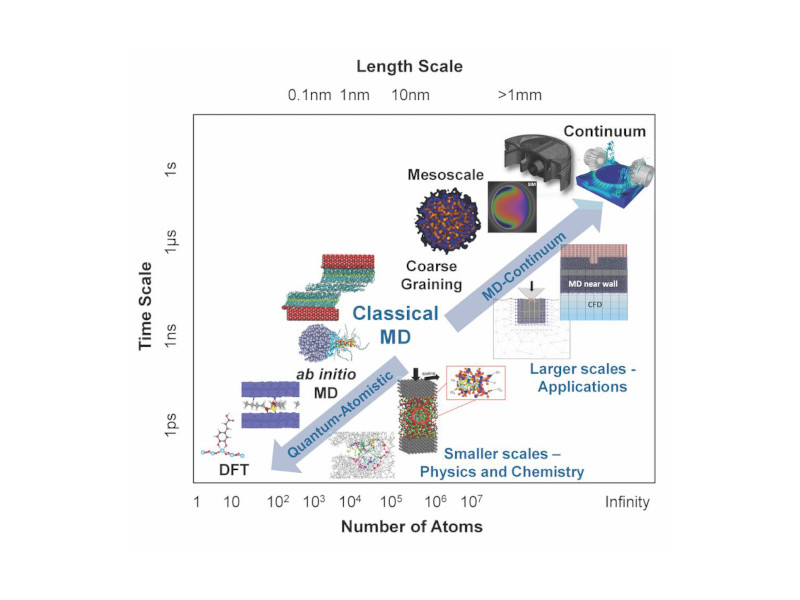If there is such a thing as a tipping point for LED lighting, it certainly won’t arrive in 2012.

The tipping point of a market is reached when a dominant technology or player defines the standard for an industry. There is no denying that there are markets, TVs for instance, where products take off suddenly and dominate the competition. However, the lighting market is an entirely different kind of multi-headed beast where several incumbent lighting technologies with diverse attributes, benefits, and detriments fulfill the needs of different applications. Changes in this market will be slow, both as LED technologies evolve, and as the different applications accept the usage of this new technology.
There’s certainly been no tipping point for LED lighting so far. Growth for the lighting market has certainly varied, with packaged LED growth in general lighting growing from 2006 to 2011 between 25% and 65% a year (as revenue) but never doubling or tripling in one year. That’s steady (so far) rather than smoldering and suddenly exploding. Certain segments did move very fast, for example torches/flash lights in 2006-2009 and outdoor lighting in China in 2009-2010. However different applications (and different countries) move at different times. As LED efficiency and brightness steadily increases and cost declines, different sub segments become viable, or even compelling, at different moments. For instance, retail, refrigeration and architectural lighting might be considered compelling for LED already, while LED replacements lamps for fluorescents troffers in offices might be only at the viable stage.
Another factor that limits the possibility of the tipping point is the long lifetimes of the technology to be replaced. Even if LEDs suddenly become compelling, they may not be compelling enough to, for example, persuade a local authority that has recently signed a large agreement for street lights for an alternative technology which is expected to serve them well for 10 years.
So the (eventual) huge growth of LED lighting will inevitably take time. Having said that, there is one application area which dwarfs all the others and that is LED lamps for residential use. This is the holy grail for LED manufacturers who once saw it merely as a speck on the far horizon, but now can finally enjoy it coming squarely into view. If this market starts to suddenly move, then the whole market for LED general lighting, indeed the whole LED market, will really start to see growth rates increase, even surge.
Such a move will not happen in 2012, however. The reason is simple: price. We are tracking LED lamp retail prices every month and at the moment although they are certainly dropping they are not dropping fast (there are some notable exceptions), or at least not fast enough for 2012 to be a big year for LED lamps. Instead it’s a year where they are increasingly filtering into shops and into the consumer consciousness, but not really being bought.
Bulbs on sale today (I will use our February data since we haven’t finished our March data at the time of writing) provide a range of Lumen/Watt values from 30 to 100 with an average of 60 Lumen/Watt. Lumen/$ sees an even wider range from 4 to a few products over 60, with an average of 20 Lumen/$. These are worldwide averages based on sampling over 750 lamp models in 13 countries in our monthly LED lamp retail price tracker report. Also, the trends have not been very fast. Lumens/Watt has only increased from 58 to 60 in 5 months and Lumen/$ has increased from 17 to 20 in that time (September 2011 to February 2012). However we can expect to see more next generation products at Frankfurt Light and Building this April. It is possible that the growth in LED lighting will be kickstarted a little bit by the attention LED lamps win at the show (as well as LightFair in Las Vegas in May), and it will be interesting to see if products are launched at some more aggressive price points. Some LED lamps on sale in stores today actually even still have prices that are rather similar to products shown at Frankfurt 2010. A good quality LED light bulb with 500 or 1000 lumens still often costs US$25-50. So maybe we are in a stagnant phase in the first quarter of 2012, and the exhibition season could move things on a bit faster.
Given all this, even by the end of 2012, products won’t be flying off the shelves. We believe that the prices need to fall to single digits before serious penetration will occur. It’s not just the psychological impact (i.e. $9.99 vs. $10.00); it also just happens that this is around the point where the payback arguments make sense. Factoring in energy costs, a $25 LED pays for itself relative to a $0.55 60W incandescent lamp in approximately 34 months assuming 4 hours of use per day and energy costs of $0.11 kWh.
At $10 or less, you can actually calculate a single year payback period. Consumers of course are, for the most part, not going to be literally doing the calculations, but they do have an awareness that a 5W or 10W bulb will cost very little in electricity and weigh this up when looking at the sticker price.
But when will we hit $10 as an average price? Well if Lumens/$ can grow from 17 to 20 in 5 months then the same growth rate for another 15 months would bring us to 32 Lumens/$, meaning 700 lumens then could cost an average of $22 in May 2013. Extrapolating further brings us to $14 in the middle of 2014, or around $10 by the end of 2014. So we think 2013 and 2014 will see bigger growth than 2012.
We expect the average price of a product actually sold, as forecast in Figure 1, is going to be lower than the above figures, for several reasons including subsidies, increasing competition between LED lamp vendors and the fact that the less expensive products will sell in higher volumes. Also, LED component prices are set for heavier price erosion in 2013 and 2014 as the industry suffers from overcapacity and an increasing number of competitors.
Of course, this is just average pricing. Some products are around the $10 mark already. An example of this is the $9.97 A19 bulb which is a 40W replacement putting out 430 lumens at 8.6W currently being sold at Home Depot (50 lumens/W; 43 lumens/$). Products like that are a rarity at the moment, though, and one must always be wary of the quality of cheaper products as well. Products at that sort of pricing level will obviously capture more market share if the customer is happy with the quality. But most people in the world today don’t have access to those kind of prices for LED lamps in their local store or supermarket, if they even have any LED lamps in their local store at all.
In any case, we, like some others involved in the industry, think if there is anything approximating a tipping point for LED lamps, it is around that $10 mark, particularly for CFL haters. Figure 2 shows the unit penetration of LED lighting. We see it steadily growing over a number of years, starting from 2013 onwards. For LED manufacturers we think this translates into double digit growth for their whole LED business in 2013 and 2014, compared to a flatter market in 2011 and 2012.



